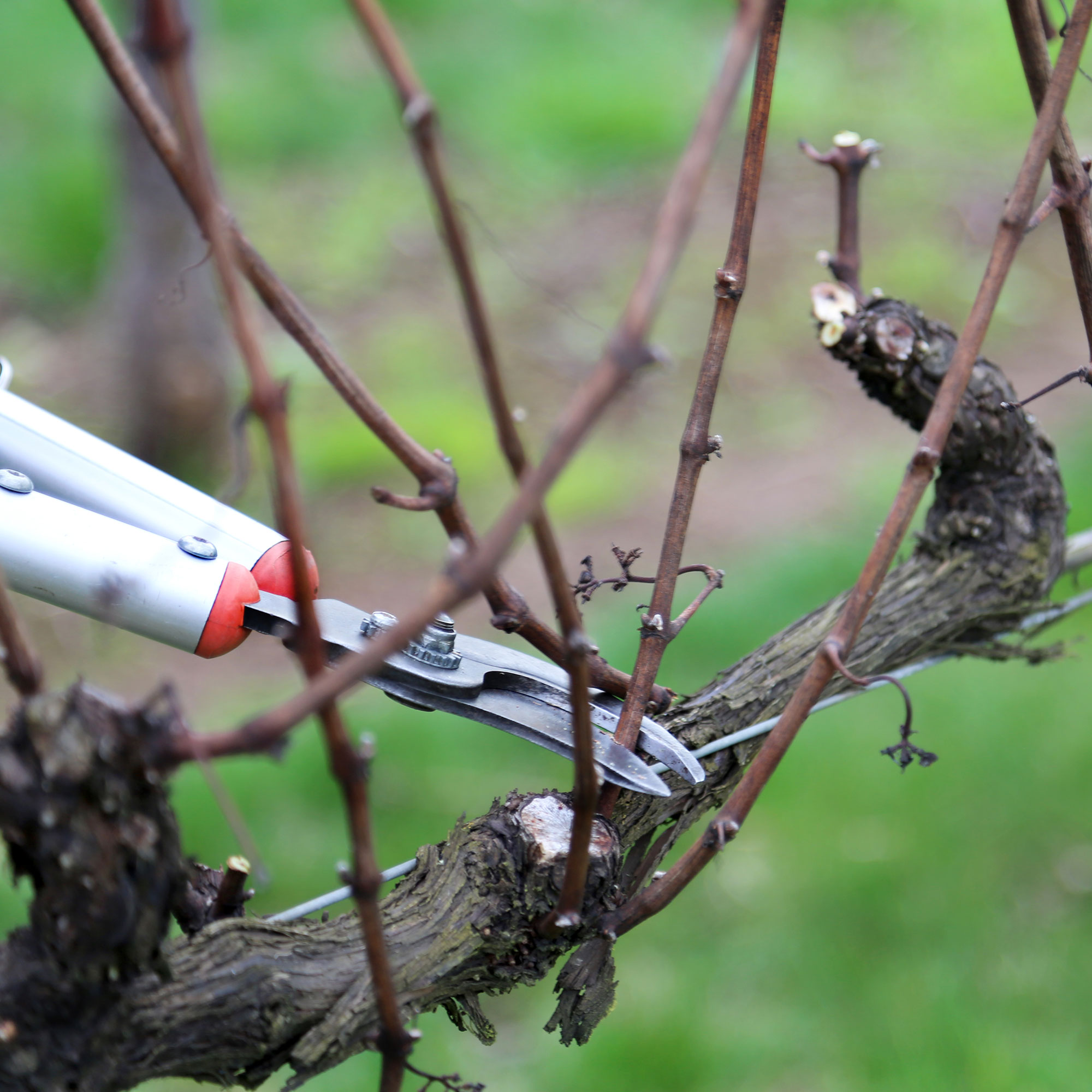After a long summer of warm, sunny weather, September is bringing us a reality check in the form of torrential rain and storms this week. And while the sunshine will have allowed your garden to thrive, don’t let your hard work go to waste, as experts have revealed how to protect plants from storms.
There’s nothing worse than seeing the fruits of all your pruning, planting and fertilising being destroyed by a storm, which is why taking a bit of time to protect your plants is an important part of any storm preparation.
Storms can cause bucket loads of damage to plants. High winds can uproot plants with shallow soil, while heavy rainfall can waterlog your soil, increasing the risk of root rot, and the weight of the water can damage delicate shoots and flowers. Here are five things you need to do to protect your plants from storms.
1. Pruning
There may be plants you should never prune in autumn, but when storms are moving in, pruning is a brilliant defence against bad weather. For this, all you need is a decent set of pruning shears (such as these Kent & Stowe Shears, £20, B&Q) and a pair of gardening gloves (such as these COOLJOB gardening gloves, £11.99, Amazon) to protect you from scratches.

(Image credit: Getty Images)
‘If any plants have dead or diseased branches, these are the most likely to be blown off in a storm. Additionally, a plant that does not have dead or diseased areas is more likely to be able to withstand the damage that a storm can cause,’ says Richard Barker, commercial director of LBS Horticulture.
2. Cover bedded plants
‘Storms can injure plants in several ways: heavy rain leads to flooding, root rot, soil erosion, and fungal issues, while hail can shred leaves and petals. Strong winds may flatten bedded plants, uproot young ones, or crack stems,’ says Stephen Kohley, gardening expert and owner of Sonny Alexander Florist & Flower Delivery.

(Image credit: Future/David Giles)
‘So, to keep everything snug and secure, I lay down a thick blanket of mulch over my garden beds, and this helps prevent erosion and protects the roots. For the more delicate plants, I cover them with floating row covers or even a bit of burlap, and then make sure it’s all held down tight with stakes.’
Mulching is a gardener’s best friend, and you can pick up high-quality mulch such as RocketGro’s peat-free Magic Mulch for £18 at Crocus.
3. Stake taller plants
Your taller plants, such as delphiniums, hollyhocks, and alliums, will need to be staked to help keep them upright and supported during high winds. You can pick up a pack of 12 gardening stakes for just £13.99 at Amazon, or you could use any leftover bamboo canes from growing runner beans this summer.

(Image credit: Future PLC/Colin Poole)
‘Taller plants will need to be supported during a storm, whether this is through a trellis, staking or being tied to some sort of support,’ says Graham.
4. Move potted plants indoors
In high winds, there’s potential for your potted plants to be blown all around your garden, so it’s important to move them to a temporary shelter for safekeeping.

(Image credit: Future PLC/David Giles)
‘As for my potted plants, they either get moved to a shelter or right indoors if I can manage it. I group the big, heavy pots together and tie them up loosely. This gives them enough room to move without breaking when the wind is really strong.’ says Stephen.
5. Take hanging baskets down
Planting hanging baskets is an easy way to transform your garden and give it some floral charm, but in high winds, they can go flying.

(Image credit: Future PLC/ Brent Derby)
‘Any hanging baskets or window planters should be taken down and placed on the ground or somewhere sheltered. If they blow away the plants inside will be damaged, and the planter can act as a projectile itself and damage other areas,’ says Graham.
Of course, British weather is unpredictable, and there is potential for it to change once again (here’s hoping). However, if you do find yourself facing stormy weather, these tips will help minimise any damage to your plants.
